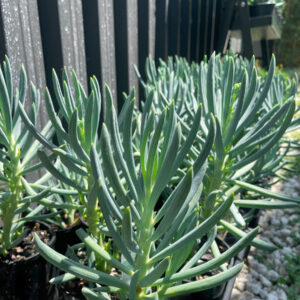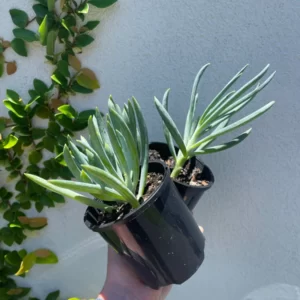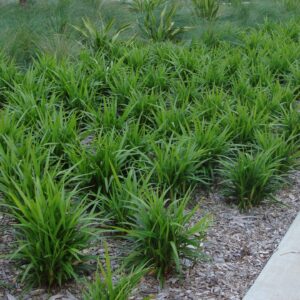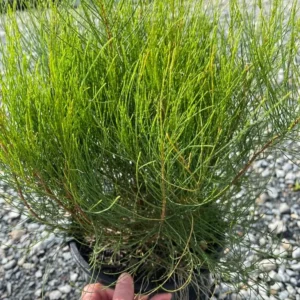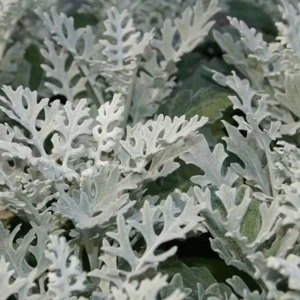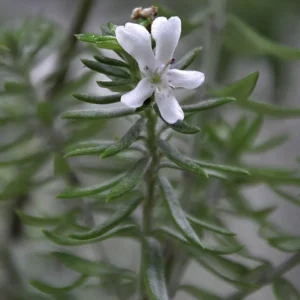Local Botanist
- Shop plants
Discover full range
Discover plants by garden style
- Garden advice
Categories
Discover Garden Styles
- Garden inspiration
- 1300 737 600
Coastal gardens
Coastal gardens
Coastal Garden Design Style
Coastal gardens evoke the serene and refreshing ambiance of the seaside, characterised by resilient plants, sandy soils, and a casual, natural aesthetic. Simply put, a coastal garden is all about creating a laid-back vibe through the use of natural garden design.
As garden design experts, we will help you to explore various garden ideas to help you create a seaside oasis in your outdoor space, regardless of your proximity to the coast.
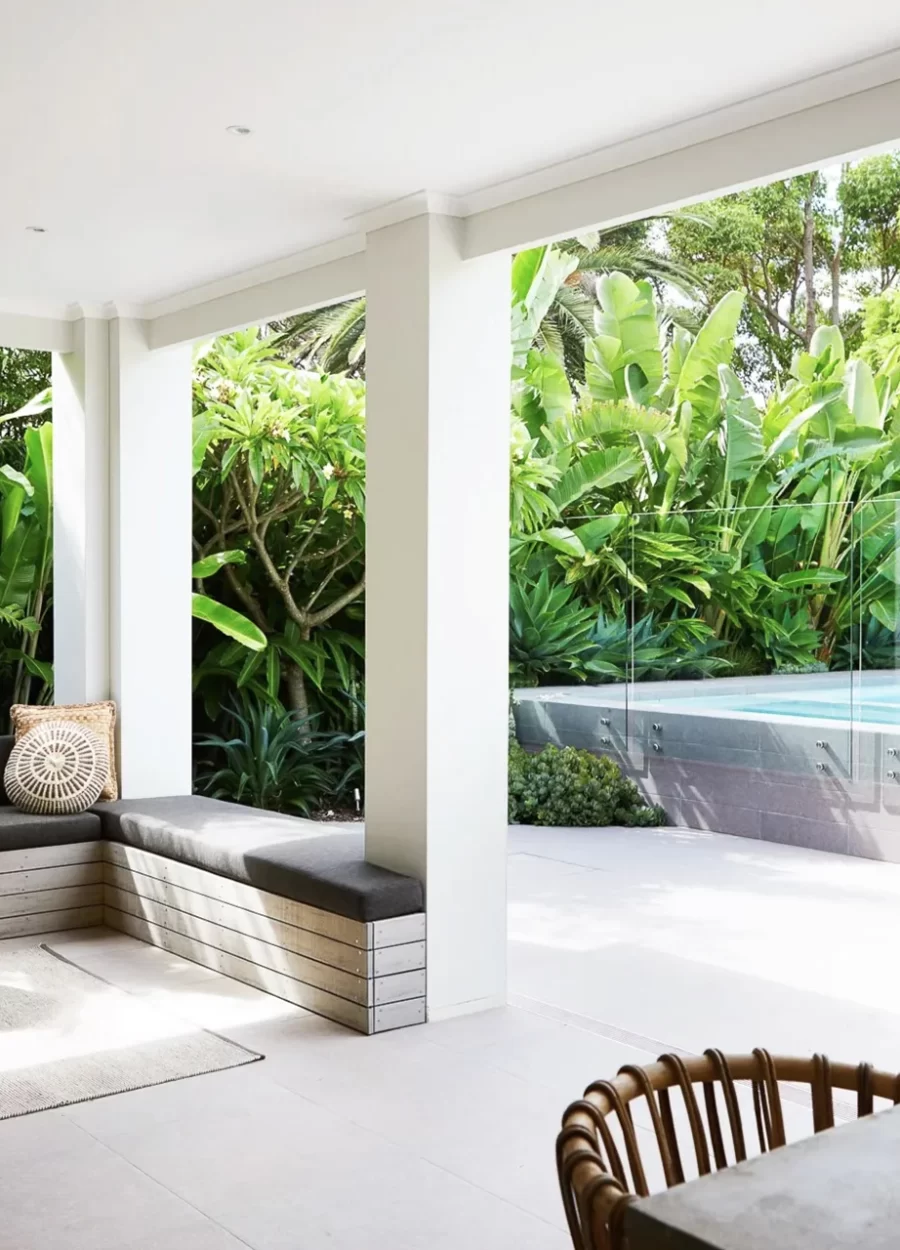
Key Takeaways
A coastal garden is characterised by its incorporation of natural elements to create a laid-back atmosphere reminiscent of coastal landscapes. The refreshing ambiance of the seaside is the first thing that comes to mind when exploring coastal gardens.
Natural beauty, sustainability, and resilience are the key principles to consider when choosing this garden design for your outdoor space. Since coastal design is a style inspired by the coast, natural materials are underscored with the inclusion of resilient plants that can thrive in sandy soils and sustainable practices.
In addition to its evergreen beauty, the coastal garden style maximises the use of your outdoor space with highly adaptable plants, attracts local wildlife, and encourages sustainable practices, adding to a coastal garden’s overall natural charm.
Creating your own coastal oasis entails incorporation of key elements, including natural materials, unique layout, coastal-themed decorations, resilient plants and soft, muted colour scheme.
Tough and adaptable plants such as coastal banksia and rosemary flourish in coastal gardens, while blooms like seaside daisy and sea lavender provide soft colours. For adding shade, tuckeroo and olive trees are ideal for coastal gardens.
Understanding and defining the coastal garden aesthetic
The coastal garden aesthetic is a harmonious blend of resilience and natural beauty, characterised by a variety of hardy plants, sandy soils, and organic elements.
A coastal garden design emphasises a natural and unstructured approach, with resilient plants that can withstand harsh conditions such as salty air and strong winds.
This style combines the beauty of seaside landscapes with a focus on sustainability and practicality.
Key principles of coastal garden design:
- Resilience: Coastal gardens feature plants that are tough and adaptable, thriving in sandy soils and enduring strong winds and salty air.
- Natural aesthetics: The casual, unstructured layout of coastal gardens creates a relaxed and inviting atmosphere. Natural elements such as driftwood, rocks, and seashells enhance the seaside feel.
- Sustainability: Coastal gardens often incorporate sustainable practices, such as using drought-resistant plants, conserving water, and promoting biodiversity.
Why coastal gardens are perfect for any setting
Coastal gardens can be adapted to suit various environments, making them a versatile choice for gardeners everywhere. Whether you live by the beach or miles inland, a coastal garden can bring a sense of serenity and refreshment to your space.

Benefits of coastal garden design:
- Creates a tranquil and refreshing atmosphere
- Maximises the use of outdoor space with hardy and adaptable plants
- Provides a habitat for local wildlife
- Offers a space for relaxation and enjoyment
- Encourages sustainable gardening practices
Essential elements of a coastal garden
To create an authentic coastal garden, certain elements are essential. Let’s explore the key components of a coastal garden:
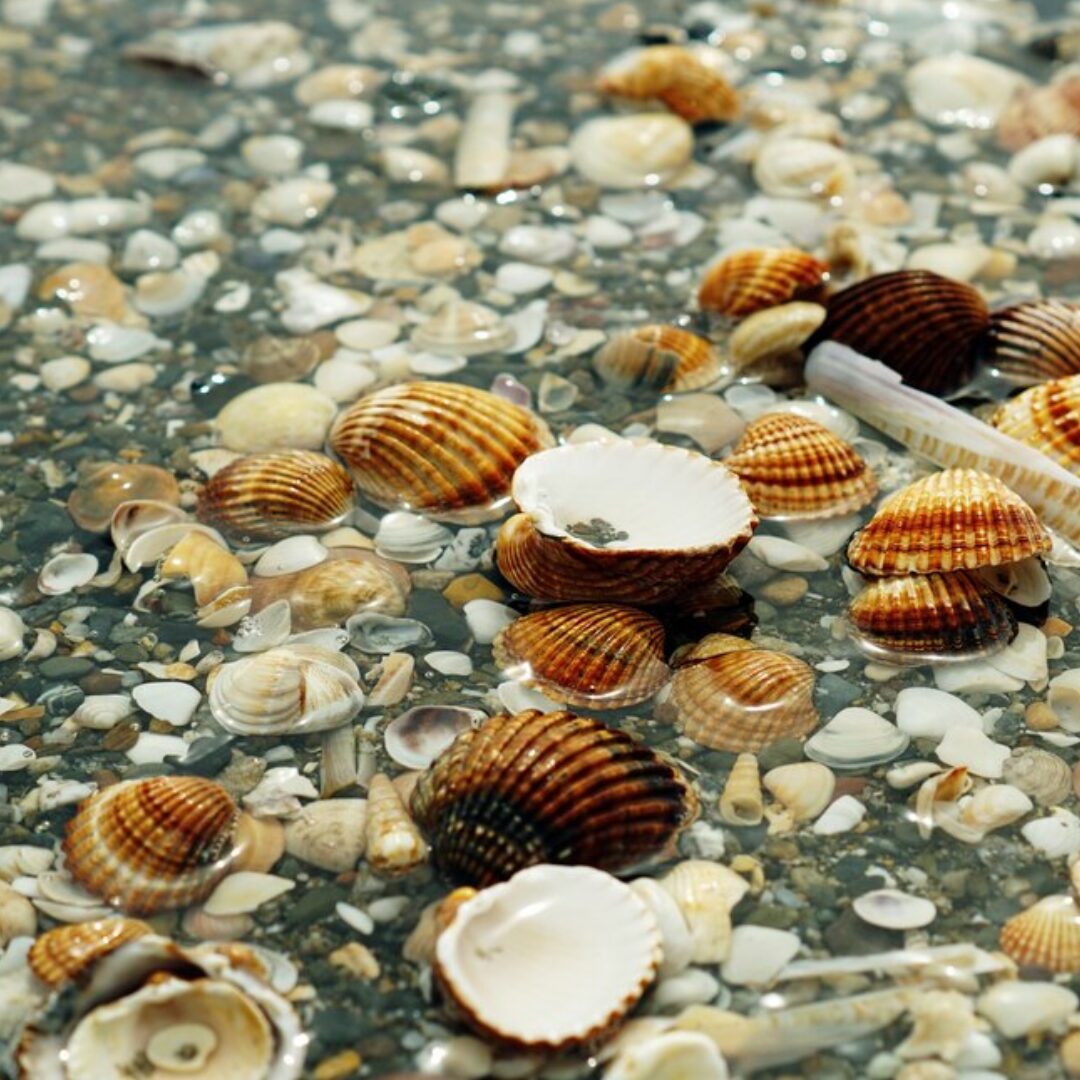
Natural materials
Coastal gardens emphasise the use of natural materials such as driftwood, rocks, and seashells. These materials add to the seaside charm and blend seamlessly with the resilient planting.

Unstructured layout
The unstructured layout is a fundamental principle of coastal garden design. Winding paths, irregular planting beds, and a lack of strict borders create a sense of natural flow and relaxation.

Resilient planting
Every element in a coastal garden is thoughtfully chosen to contribute to the garden's overall resilience and natural beauty. From hardy perennials to ornamental grasses, each plant plays a role in creating a lush and durable space.

Coastal decor
Coastal gardens often feature decor elements such as weathered wood furniture, nautical accents, and vintage pots. These items add character and a personal touch to the garden.

Transform Your Garden
Dreams into Reality!
More coastal garden design features:
Incorporating specific features can enhance the beauty and functionality of your coastal garden.
Wind protection
Use wind-tolerant species like Melaleuca armillaris and Casuarina glauca to create natural windbreaks. Layering these with shrubs and ground cover plants will help manage wind exposure.
Soil enhancement
Improve your soil by incorporating organic matter and compost, enhancing water retention and nutrient content. Raised beds or containers can also be used for plants that prefer richer soils.
Aesthetic elements
Integrate natural elements such as driftwood, rocks, and seashells into your garden to enhance your landscape. Use materials like gravel or sandstone pavers to create pathways that blend seamlessly with the coastal theme.
By incorporating these essential elements, you can transform your outdoor space into a coastal garden oasis that exudes resilience, natural aesthetics, and sustainability.
You can also discover the garden style that’s right for you by taking our Garden Style Quiz.
Selecting The Right Coastal Garden Plants
The selection of plants is a crucial aspect of creating a resilient and beautiful coastal garden. Carefully chosen plants can enhance the natural aesthetics and durability of your outdoor space.
Check out some recommendations below, or use our garden style plant calculator to give you a better idea of what plants to add into your garden.
Native and hardy plants
- Banksia integrifolia (Coastal Banksia): Tolerant of various conditions, this plant offers beautiful flowers and resilience.
- Westringia fruticosa (Coastal Rosemary): A hardy shrub that adapts well to different environments.
Ornamental grasses
- Pennisetum alopecuroides (Fountain Grass): This ornamental grass adds movement and texture, suitable for various soil types.
- Calamagrostis x acutiflora (Feather Reed Grass): Provides structure and is resilient in different climates.
Hardy perennials
- Erigeron glaucus (Seaside Daisy): Thrives in well-drained soils and brings vibrant blooms.
- Limonium perezii (Sea Lavender): Offers colourful flowers and adapts well to various soil conditions.
Shade and shelter trees
- Cupaniopsis anacardioides (Tuckeroo): Provides shade and can adapt to many environments, making it a versatile choice.
By carefully selecting and placing these plants, you can create a coastal garden that is both beautiful and resilient. Whether you're looking to create a traditional seaside garden or a more personalised version, the key is to embrace the resilience and natural aesthetics that define this serene garden style.
Plants you’ll find in a Coastal gardens
-
-
-
-
(0 review)
Bougainvillea Raspberry Ice
$55.00Original price was: $55.00.$49.50Current price is: $49.50. -
-
-
-
-
-
-
-




